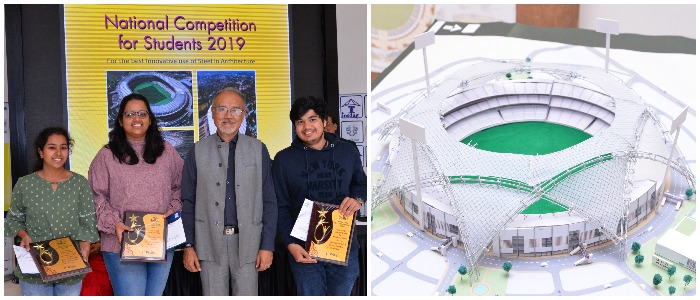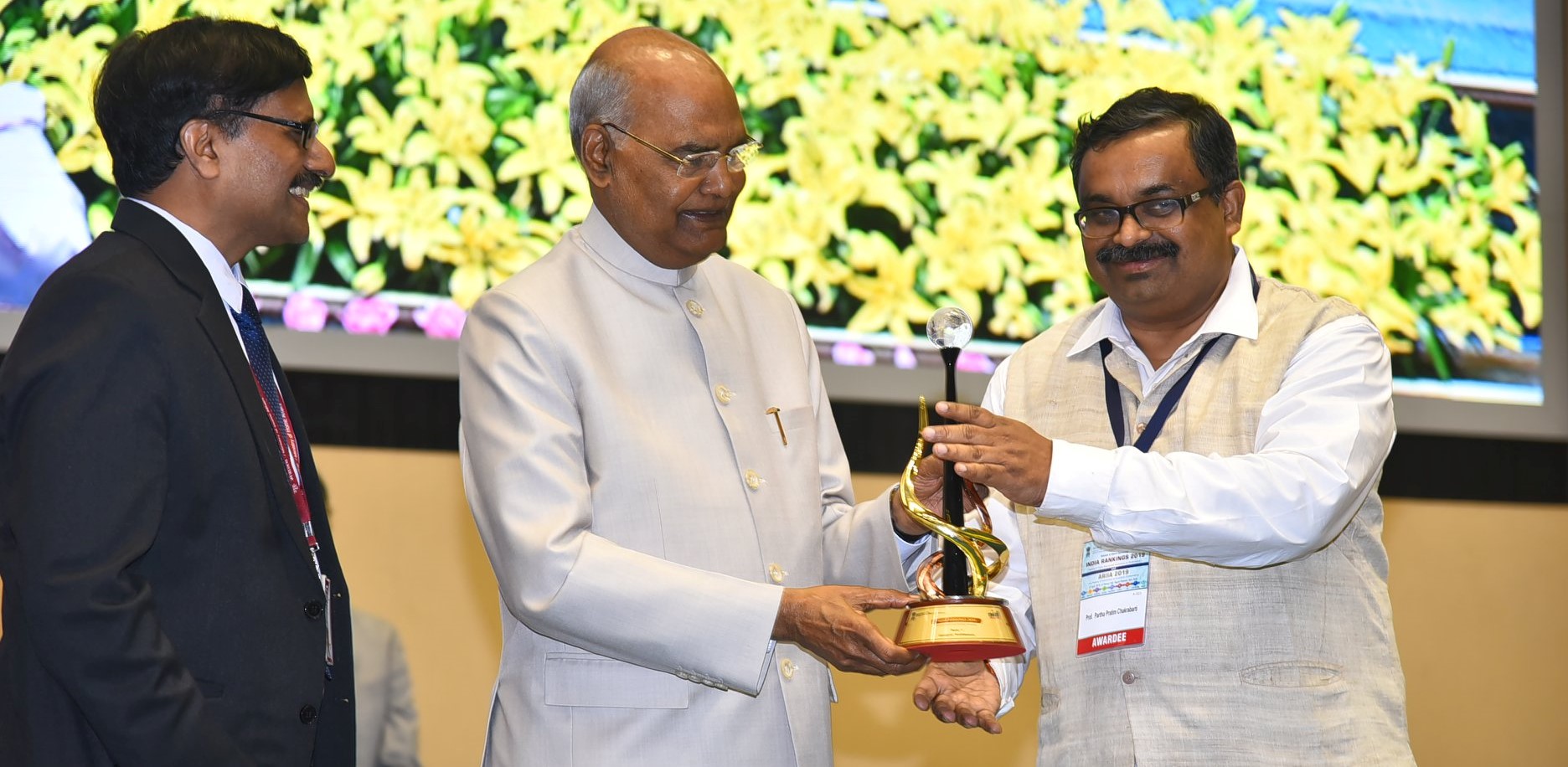
NIRF 2020 Results Announced
IIT Kharagpur has been ranked in the widest category of disciplines ranging from Engineering, Architecture, Management, Law in the NIRF Rankings 2020 by the Ministry of Human Resources Development, Govt. of India. While the Institute has been ranked the best in India in the category of Architecture, it has jumped one rank in the management discipline to be among the top five business schools in India. In Law it retains last year's rank at the 4th position along with the overall and Engineering ranks at the 5th position. The Dept. of Architecture has been a clear winner in the areas…


